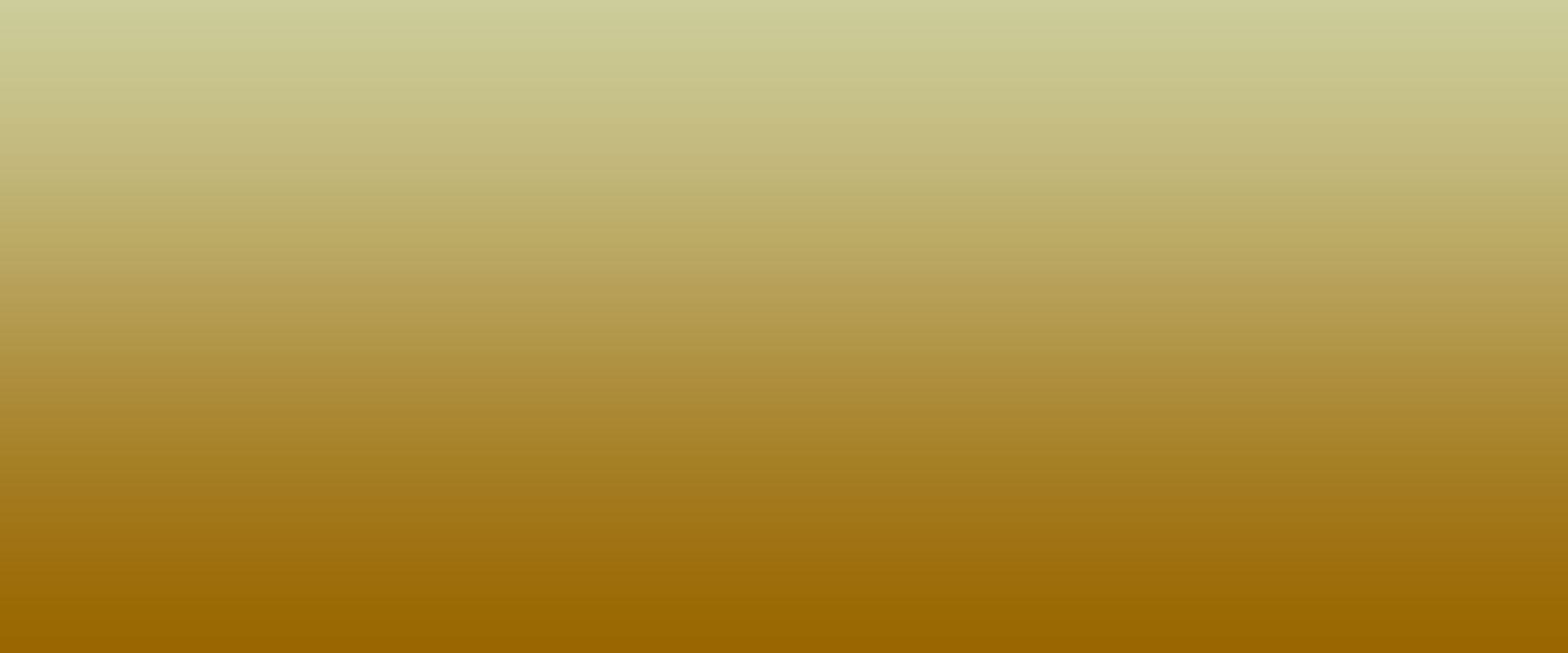Sulfates in Spotlight: Understanding Their Use and Potential Impact on Health

Introduction to Sulfates in Perfumery
Sulfates are common surfactants in cosmetics, known for their cleansing and foaming abilities. While they are widely used in various personal care products, their potential health and environmental impacts have led many perfumers to seek sulfate-free alternatives. Understanding sulfates, their functions, and why they might be controversial is crucial for those crafting sulfate-free perfumes.
What Are Sulfates?
Sulfates, such as sodium lauryl sulfate (SLS) and sodium laureth sulfate (SLES), are salts derived from sulfuric acid. They are effective at removing oils and dirt, making them popular in shampoos, body washes, and even some perfume emulsions. However, concerns about their ability to strip natural oils from the skin and potential irritation have raised questions about their safety.
Why Sulfates Are Commonly Used
Sulfates are prized for their surfactant properties, which help in creating lather and cleansing the skin. They are cost-effective and efficient, making them a go-to ingredient in many commercial formulations. In perfumes, although less common, sulfates may be used to emulsify oil and water-based ingredients, ensuring a stable product.
The Controversy Surrounding Sulfates
-
Skin Irritation: Sulfates can strip the skin of natural oils, leading to dryness and irritation, especially for those with sensitive skin or conditions like eczema.
-
Allergic Reactions: Some individuals may experience allergic reactions to sulfates, including redness, itching, and hives.
-
Potential Health Risks: There is concern that sulfates, particularly SLES, might contain traces of 1,4-dioxane, a potential carcinogen, due to the manufacturing process.
Sulfate-Free Alternatives for Perfumers
With rising awareness of these concerns, many perfumers are turning to sulfate-free formulations. Alternative surfactants derived from natural sources like coconut oil or sugar offer gentler options. However, it’s important to note that sulfate-free doesn’t always mean better; the overall formulation and individual skin tolerance are key.

Crafting Sulfate-Free Perfumes
For perfumers prioritizing health and sustainability, sulfate-free ingredients can help create eco-friendly and skin-friendly products. Consider natural surfactants like decyl glucoside or coco-glucoside, which are biodegradable and less likely to cause irritation. These alternatives align well with the growing demand for clean beauty products.
Environmental Impact of Sulfates
Sulfates are not only a concern for personal health but also for the environment. These compounds are difficult to remove during wastewater treatment, leading to potential harm to aquatic ecosystems. Sulfates can disrupt the growth of algae and are toxic to marine life, making sulfate-free alternatives a more environmentally responsible choice.
Conclusion
As a perfumer, understanding sulfates and their impact allows you to make informed decisions in your formulations. Whether you choose to go sulfate-free or use them cautiously, it’s essential to consider both the health and environmental implications to create products that resonate with today's conscientious consumers.









